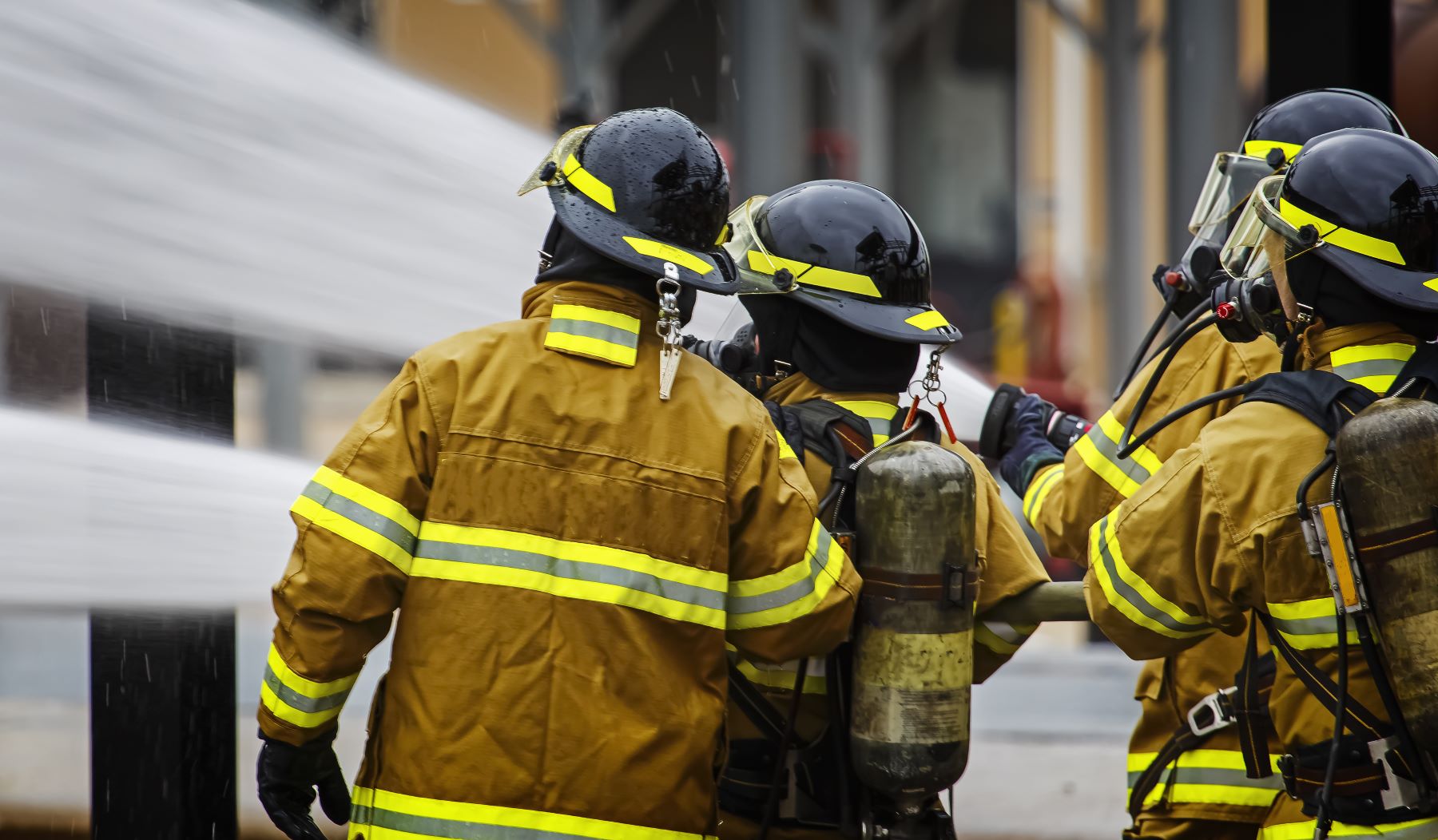Summary
The Scottish Fire and Rescue Service (SFRS) is the world’s fourth largest fire and rescue service, committed to ensuring the safety and wellbeing of the people of Scotland. Formed from a merger of eight legacy regional services in 2013, the national SFRS organisation delivers frontline services from three strategic hubs and a network of local stations and appliances. In addition to providing fire prevention and protection services, SFRS also responds to emergency incidents including road traffic collisions, rope rescue, water rescue, hazardous materials and flooding as well as working with partner agencies to keep communities safe.
Company Size
10,000
Industry
Non-Profit
Products Used
Challenge
Data
Communities, infrastructure, and demographics are continually evolving. SFRS needed accurate and reliable data evidence to support continual improvement within the service.
Risk management
Improve GIS resources to help increase understanding of current and emerging community risk. Challenges like an aging population, increased wildfire risks and environmental concerns are well known at a high level. SFRS needed greater detail into how they affect communities in different areas and to organise resources better.
Insight
SFRS needed to be forward looking and showcase the value of data insight. It needed to create a demographic model of Scotland, both now and in five years, to support strategy and planning that will drive the effectiveness of services for the people of Scotland.
Solution
CACI provided SFRS with its Acorn and Household Acorn consumer segmentation tool, supported by advice on how best to use it for delivering targeted insights and outcomes.
Strategic Analyst at SFRA, Damien Griffith says: “We use a GIS approach, combining geographic information from the Ordnance Survey’s AddressBase (Gazetteer) with social and demographic data drawn from the Acorn datasets. Using the unique property reference enables us to match Acorn housing types with our own data for five years of fire incidents. We look at these together to identify patterns of risk and vulnerability.
“We feed all the information into a geodatabase and carry out a great deal of analysis. At the moment we’re working with the mathematics department of Edinburgh University to help us refine our models and algorithms, using regression and statistical modelling.
“We’re now working to build in location analysis and physical evidence. For example, locating building types such as high-rise blocks and adding environmental data for factors like flood risks.”
Results
“We now have risk metrics for every one of the 6,976 data zones in Scotland,” says Damien.
SFRS asks incident response teams to complete a record at the scene, but it’s often not possible to obtain all the information for a comprehensive report at the time. With the Acorn datasets, SFRS can identify the house type and analyse 450,000 household incidents attended in the last five years, to support the modelling and help identify future FRS community risk and associated demand.
The reporting shows the most vulnerable household types in each area. Damien adds, “Some of the risk factors are common sense, but the data analysis has revealed hidden vulnerabilities beyond the expected areas of deprivation. For example, asset rich retirees and the affluent elderly may suffer from dementia or be susceptible to trips and falls.
“With this modelling, we can predict risk both nationally and at a small area level. The granular detail in the Acorn datasets shows us at a street level where we need to target prevention, protection and response, including risk assessment by home visits.”
Learn more about Acorn and Household Acorn.





